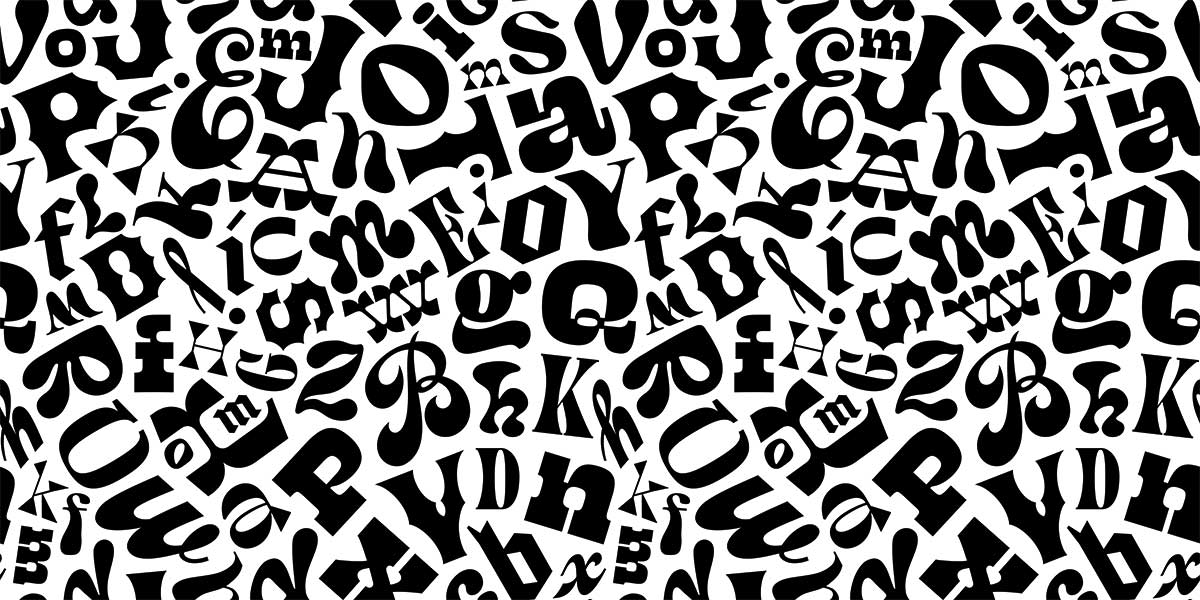In a previous business writing post on this subject, we examined some of the most frequent grammatical bloomers and words that people are often confused about. Here, as well as looking at some common misspellings (Grammer!), we also give you some advice on the use of colons, semi-colons, hyphens and the dreaded … apostrophe.
Misspellings: liaise (not liase); February (not Febuary); receive (not recieve) - do you remember the rule from school: "i before 'e' except after c, but only when the sound is ee"? It really works!
Go to http://oxforddictionaries.com/page/spellingcommonmisp for a comprehensive list of misspellings, along with some useful advice about getting them right.
Even business writers who consider themselves excellent spellers, might just be surprised; try the BBC's spelling quiz at http://news.bbc.co.uk/1/hi/programmes/breakfast/3873555.stm
Colons, semi-colons, hyphens and apostrophes …
Semi-colons
You can use semi-colons to link two things that could function as independent sentences, but work better together in the same sentence, e.g.
Some people love it; others hate it.
You can also use them to separate items in a list, e.g.
The government has listed its key areas for policy: law and order; the war on drugs; tax cuts and other fanciful outrages.
Colons - you can use these:
1) To introduce quotes, e.g. Freud said: "I blame my mother." (Source)
2) Before a list, e.g. A list can be introduced like this: item, item, item.
3) Before an explanation, e.g. The police made several arrests: there was a lot of trouble after the church fete.
4) To separate titles from sub-headings, e.g. Punctuation: the colon.
Hyphen -more technically referred to as a 'dash' by more savvy business writers ;). You can use a dash instead of a comma or brackets to insert a short statement into a sentence, such as a small, qualifying, or describing phrase to clarify the subject or add interest for the reader, e.g.
My pet hamster - a masterful escapologist - spider-walks on the top of her cage.
This demonstrates the difference between the dash (the first two), and the hyphen (the third one between 'spider' and 'walks').
The thief - a cunning criminal - held up the entire bank with a water pistol.
To ensure you're using dashes properly, check that you can take out the phrase between the dashes and still have a sentence that makes sense.
And finally, the dreaded apostrophe!
We recommend Lynne Truss' tirade against the misuse of this innocent yet deadly little device in her Eats, Shoots and Leaves. Very simply, the apostrophe is used:
1. To indicate the possessive, e.g.
This is Peter's book.
It is everyone's duty to protest.
2. To indicate missing letters in the middle of words or phrases, e.g.
You can't have it.
Don't do that!
How many times do you come across the following symptoms of the 'malapostrophe' disease?!
Banana's for sale
MOT's at this garage
1000's of bargains here!
New CD's just in
And, finally, a personal phobia: the 1980's or the 80's - eek … absolutely no apostrophe, please!
Remember to check your blog, your white paper, your web content; then double-check it; and then get somebody else to check, too - your reputation is at stake.
Some useful references:
New Oxford Dictionary for Writers and Editors, Oxford University Press, 2006
New Oxford Spelling Dictionary, Oxford University Press, 2005
Truss, Lynne. Eats, Shoots and Leaves, Fourth Estate, 1 Oct 2009
http://www.eng-lang.co.uk/apostrophe_rules.htm
Image by: prusakolep


